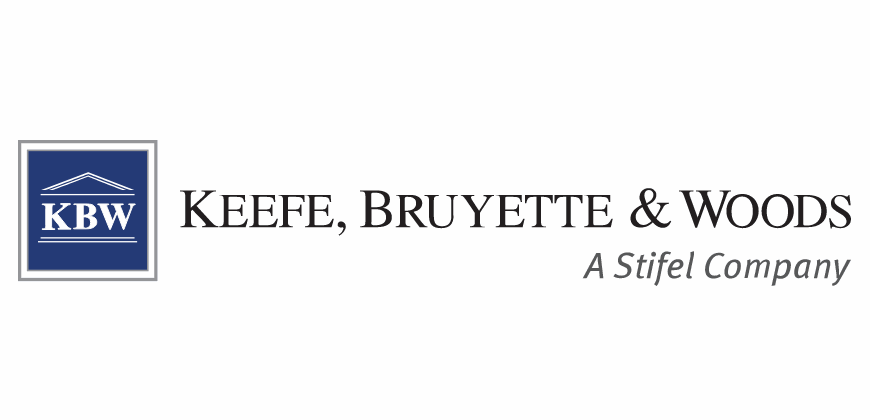Property catastrophe reinsurance rates seen down ~5% at Jan 2025 renewal: KBW

According to analysts at KBW, property catastrophe reinsurance pricing is likely to decline around 5% at the upcoming January 2025 renewals, with a continued balance in supply and demand expected to help prevent a more significant softening.
The analyst team met with companies at the 2024 Monte Carlo Reinsurance Rendez-Vous event this week and said that after this KBW remains constructive on the Bermuda market.
They explained that this is due to, “The expected combination of modest property catastrophe reinsurance rate decreases (with very stable terms and conditions), improving casualty reinsurance prospects (led by accelerating rate increases and declining ceding commissions), the enduringly positive specialty reinsurance operating environment, and still-rising portfolio yields should allow capable underwriters with (at least) adequate reserves to generate strong 2025E returns, barring unusually high catastrophe losses.”
They noted a considerable amount of unanimity on a lot of topics, likening this to groupthink, but also noted that “this tendency toward agreement will probably perpetuate the industry’s historical cyclicality, including an eventual soft market.”
On the cycle though, KBW’s analysts do believe that improving data and analytics may in future moderate the swings in the market’s pricing cycle, as better-informed underwriters can convene on more alignment on price and negate the need for massive increases and falls in price.
The consensus at the Monte Carlo event was that prices in property catastrophe reinsurance and retrocession are likely to fall, major losses remaining absent, the only question is how much.
KBW’s analyst team said, “Reinsurers anticipated flat to mid- single-digit risk-adjusted decreases and brokers foresaw 5-10% risk-adjusted rate decreases; we split the difference to adjust for the parties’ understandable biases and project risk-adjusted decreases within a couple of points around a 5% risk-adjusted decrease.”
Large primary property insurance price increases are thought likely to boost reinsurance appetites for proportional business as well, KBW explained.
But even with some softening, the analysts note, “Even with these expected modest y/y risk-adjusted decreases, reinsurers view U.S. property catastrophe reinsurance as well-priced, including much-improved insurance-to-value ratios.”
But they also cautioned, “In contrast, property reinsurance rates for other territories – notably European regions with recent significant flooding and/or hail losses – will probably rise somewhat in January, tempered by the view of Europe as a diversifier from the Southeastern U.S., which is still the industry’s peak catastrophe zone.”
On the all-important subject of attachment points, terms and conditions, KBW is not anticipating much in the way of changes, no matter how vocal brokers are about regaining some ground for their clients.
“We saw no signs of reinsurer willingness to materially lower attachment points or otherwise loosen policy terms and conditions tightened at 1/1, other than for individual situations,” the analysts said.
Adding, “We find the brokers’ ominous warnings of looming reinsurer irrelevance pretty unpersuasive; cedents’ understandable desire for now-scarce earnings volatility protection doesn’t diminish the need for, or value of, still-available balance sheet protection.
“Similarly, there’s far less reinsurer willingness to lower rates for lower tower layers than on higher layers that have mostly been loss-free.”
However, even if attachments stay flat there is some economic erosion to reinsurers potential profitability, given the influence of inflation and rising exposures, the analysts also state.
On the balance of capital in the market, which supply is up and the catastrophe bond and ILS market keeps growing, KBW’s analysts also highlight the fact that demand continues to rise as well.
Also of note, the market remains ready to hike property catastrophe reinsurance pricing at the first sight of a major loss event, it seems.
“Most executives suggested that property catastrophe rates would rise dramatically at 1/1/25 if there are significant catastrophe losses before year-end. We see more upside following significant losses than the mid-single-digit decreases we expect absent new major losses, but we think total upside is fundamentally limited (we’d crudely estimate maximum rate increases of 20-25% from current levels), beyond which reinsurance becomes a broadly inefficient source of capital or balance sheet protection,” KBW’s team said.






